Grow Mustard Greens at Home – and unlock a world of peppery flavor right outside your door! Have you ever dreamt of snipping fresh, vibrant greens just moments before adding them to your favorite dish? Well, dream no more! This DIY guide is your passport to cultivating your own thriving mustard green patch, no matter how small your space may be.
Mustard greens have a rich history, stretching back centuries and gracing tables across various cultures. From ancient Rome, where they were prized for their medicinal properties, to Asian cuisines where they are a staple ingredient, these leafy wonders have proven their versatility and deliciousness. I think it’s time we brought that history to our own backyards!
In today’s world, where fresh, organic produce can be both expensive and hard to come by, learning to grow mustard greens at home is more relevant than ever. Imagine bypassing the grocery store lines and enjoying the satisfaction of harvesting your own nutritious and flavorful greens. Plus, you’ll know exactly what’s going into your food – no pesticides, no hidden additives, just pure, homegrown goodness. This DIY trick is perfect for anyone looking to add a healthy boost to their diet, save money, and connect with nature, all from the comfort of their own home. So, let’s get our hands dirty and start growing!
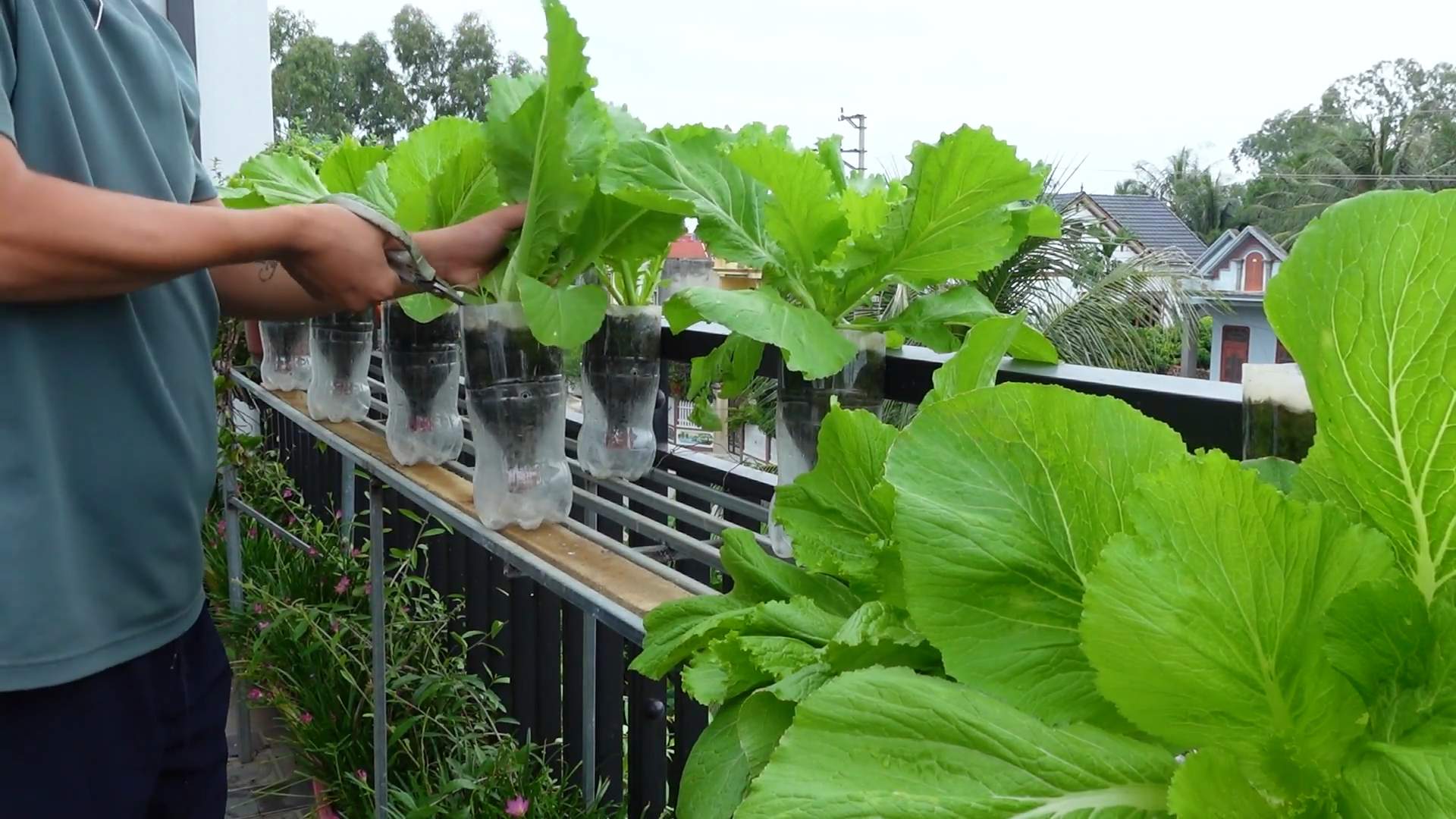
Grow Your Own Mustard Greens: A Beginner’s Guide
Hey there, fellow gardening enthusiasts! I’m so excited to share my experience with growing mustard greens at home. It’s surprisingly easy, incredibly rewarding, and you get fresh, peppery greens right at your fingertips. Plus, it’s a fantastic way to add some zest to your salads, stir-fries, and more. Let’s dive in!
Choosing Your Mustard Green Variety
First things first, let’s talk about variety. There are tons of different mustard green varieties, each with its own unique flavor and texture. Here are a few popular ones:
* Southern Giant Curled: This is a classic, known for its large, frilly leaves and robust flavor. It’s a great all-around choice.
* Florida Broadleaf: This variety has smoother, broader leaves and a milder flavor than Southern Giant Curled. It’s perfect if you prefer a less intense mustard taste.
* Red Giant: As the name suggests, this variety has beautiful reddish-purple leaves and a slightly spicier flavor. It adds a pop of color to your garden and your plate!
* Mizuna: This Japanese mustard green has feathery, serrated leaves and a mild, peppery flavor. It’s a great addition to salads and stir-fries.
I personally love growing a mix of varieties to get a range of flavors and textures. Experiment and see which ones you like best!
Getting Started: Materials You’ll Need
Before we get our hands dirty, let’s gather our supplies. Here’s what you’ll need:
* Mustard Green Seeds: Choose your favorite variety (or varieties!). You can find these at most garden centers or online.
* Potting Soil: Use a good-quality potting mix that drains well. Avoid using garden soil, as it can be too heavy and compact.
* Containers (Optional): If you’re growing in containers, choose pots that are at least 6 inches deep. You can also use raised beds or even grow them directly in the ground.
* Watering Can or Hose: For keeping your mustard greens hydrated.
* Fertilizer (Optional): A balanced, water-soluble fertilizer can help your mustard greens grow strong and healthy.
* Gardening Gloves (Optional): To keep your hands clean.
* Trowel or Small Shovel: For planting the seeds.
Planting Your Mustard Greens
Now for the fun part! Here’s how to plant your mustard green seeds:
1. Prepare the Soil: If you’re growing in containers, fill them with potting mix, leaving about an inch of space at the top. If you’re growing in the ground, loosen the soil and remove any rocks or debris.
2. Sow the Seeds: Mustard green seeds are small, so you don’t need to plant them too deep. Sprinkle the seeds evenly over the surface of the soil, then cover them with a thin layer of potting mix (about ¼ inch).
3. Water Gently: Water the soil gently with a watering can or hose, being careful not to wash away the seeds. The soil should be moist but not soggy.
4. Provide Sunlight: Mustard greens need at least 6 hours of sunlight per day. Place your containers in a sunny spot, or choose a sunny location in your garden.
5. Keep the Soil Moist: Water your mustard greens regularly, especially during hot, dry weather. The soil should be consistently moist, but not waterlogged.
Caring for Your Mustard Greens
Once your mustard greens have sprouted, here’s how to keep them happy and healthy:
1. Thin Seedlings (If Necessary): If your seedlings are crowded, thin them out to give them more space to grow. You can snip off the extra seedlings at the base with scissors. Aim for about 2-3 inches between plants.
2. Fertilize (Optional): If you want to give your mustard greens a boost, you can fertilize them every few weeks with a balanced, water-soluble fertilizer. Follow the instructions on the fertilizer package.
3. Control Pests: Mustard greens can be susceptible to pests like aphids and flea beetles. Inspect your plants regularly and take action if you see any signs of infestation. You can try spraying them with insecticidal soap or neem oil.
4. Weed Regularly: Keep your garden bed or containers free of weeds, as they can compete with your mustard greens for nutrients and water.
5. Protect from Frost: Mustard greens are relatively cold-hardy, but they can be damaged by frost. If you’re expecting a frost, cover your plants with a blanket or row cover.
Harvesting Your Mustard Greens
The best part of growing your own mustard greens is, of course, harvesting them! Here’s how to do it:
1. When to Harvest: You can start harvesting mustard greens when the leaves are about 4-6 inches long. The younger leaves will be more tender and have a milder flavor.
2. How to Harvest: Use scissors or a knife to cut the leaves off at the base of the plant. You can harvest individual leaves or cut the entire plant at once.
3. Succession Planting: To ensure a continuous harvest, sow new seeds every few weeks. This is called succession planting.
4. Enjoy Your Harvest: Wash your mustard greens thoroughly and enjoy them in salads, stir-fries, soups, or any other dish you like.
Troubleshooting Common Problems
Even with the best care, you might encounter some problems while growing mustard greens. Here are a few common issues and how to address them:
* Yellowing Leaves: This could be a sign of nutrient deficiency. Try fertilizing your plants with a balanced fertilizer.
* Holes in Leaves: This is often caused by pests like flea beetles. Spray your plants with insecticidal soap or neem oil.
* Bolting (Going to Seed): Mustard greens can bolt (go to seed) in hot weather. To prevent bolting, try to grow them in partial shade during the hottest part of the summer. You can also choose bolt-resistant varieties.
* Slow Growth: This could be due to a lack of sunlight, water, or nutrients. Make sure your plants are getting enough of all three.
Mustard Greens in Containers: A Closer Look
Growing mustard greens in containers is a fantastic option if you have limited space or want to keep them closer to your kitchen. Here are some tips for successful container gardening with mustard greens:
* Choose the Right Container: As I mentioned earlier, select containers that are at least 6 inches deep. This will give the roots enough room to grow. Make sure the containers have drainage holes to prevent waterlogging.
* Use High-Quality Potting Mix: Don’t skimp on the potting mix! A good-quality mix will provide the nutrients and drainage that your mustard greens need.
* Water Regularly: Containers tend to dry out faster than garden beds, so you’ll need to water your mustard greens more frequently. Check the soil moisture daily and water when the top inch feels dry.
* Fertilize Regularly: Because the nutrients in potting mix can leach out over time, it’s important to fertilize your container-grown mustard greens regularly.
* Consider Location: Place your containers in a spot that gets at least 6 hours of sunlight per day. If you live in a hot climate, you might want to provide some afternoon shade to prevent the plants from bolting.
Extending Your Mustard Green Season
Want to enjoy fresh mustard greens for as long as possible? Here are a few tips for extending your growing season:
* Succession Planting: As I mentioned earlier, sow new seeds every few weeks to ensure a continuous harvest.
* Cold Frames or Row Covers: These can protect your plants from frost and extend the growing season into the fall and winter.
* Choose Cold-Hardy Varieties: Some mustard green varieties are more cold-hardy than others. Look for varieties that are specifically recommended for fall or winter growing.
* Indoor Growing: If you have a sunny windowsill or grow lights, you can even grow mustard greens indoors during the winter.
Mustard Greens: More Than Just a Leafy Green
Mustard greens are not only delicious but also packed with nutrients. They’re a great source of vitamins A, C, and K, as well as calcium, iron, and fiber. Adding mustard greens to your diet can help boost your immune system, improve your bone health, and promote healthy digestion.
My Favorite Ways to Eat Mustard Greens
I love experimenting with different ways to cook and eat mustard greens. Here are a few of my favorite recipes:
* Sautéed Mustard Greens with Garlic and Olive Oil: This is a simple and delicious way to enjoy the flavor of mustard greens. Just sauté them with garlic and olive oil until they’re tender.
* Mustard Green Salad with Lemon Vinaigrette:
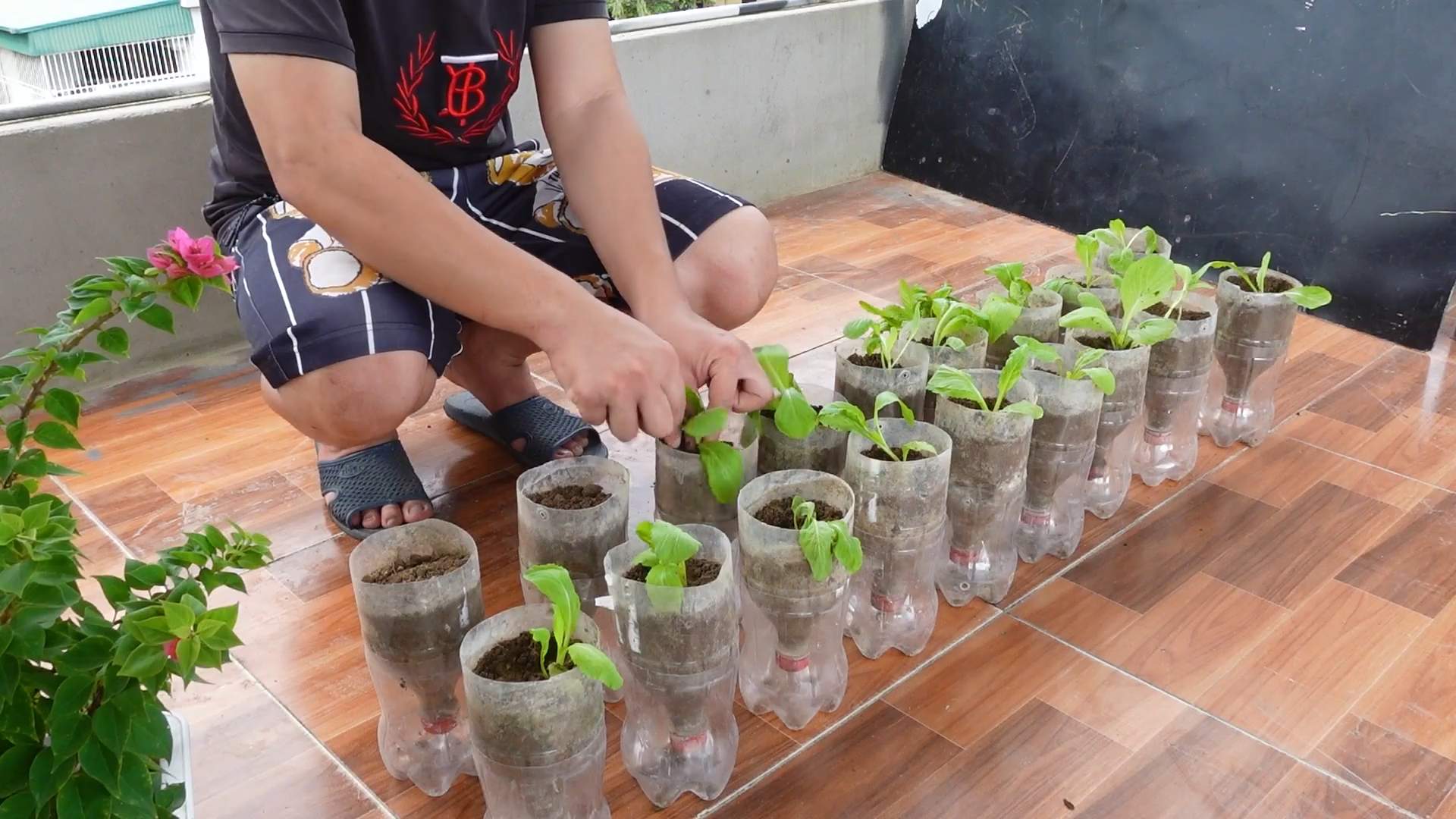
Conclusion
So, there you have it! Growing your own mustard greens at home is not just a fun project; it’s a gateway to fresher, more flavorful meals and a deeper connection with the food you eat. We’ve walked you through the simple steps, from selecting the right seeds to harvesting your vibrant, peppery greens. The beauty of this DIY trick lies in its accessibility. Whether you have a sprawling garden or just a sunny windowsill, you can cultivate these nutritious leaves with minimal effort and maximum reward.
Why is this a must-try? Because store-bought mustard greens simply can’t compare to the taste and freshness of homegrown. Imagine adding a handful of freshly picked mustard greens to your morning smoothie, stir-fry, or salad. The burst of flavor and the satisfaction of knowing you grew it yourself is unparalleled. Plus, you’re in complete control of the growing process, ensuring your greens are free from harmful pesticides and chemicals.
But the fun doesn’t stop there! Feel free to experiment with different varieties of mustard greens. Some are milder, while others pack a serious punch. Try growing ‘Red Giant’ for its beautiful color and robust flavor, or ‘Florida Broadleaf’ for a more traditional taste. You can also adjust the growing conditions to influence the flavor profile. For example, cooler temperatures tend to produce milder greens.
Consider companion planting your mustard greens with other vegetables like radishes or carrots. These companions can help deter pests and improve the overall health of your garden. You can even succession plant your mustard greens, sowing new seeds every few weeks, to ensure a continuous harvest throughout the growing season.
Don’t be afraid to get creative with how you use your homegrown mustard greens. Beyond the usual salads and stir-fries, try adding them to soups, stews, or even making a delicious mustard green pesto. The possibilities are endless!
We wholeheartedly encourage you to give this DIY trick a try. It’s a rewarding experience that will not only enhance your culinary creations but also connect you with the natural world. And most importantly, it’s a fantastic way to ensure you always have access to fresh, healthy, and delicious mustard greens.
Once you’ve embarked on your mustard green growing adventure, we’d love to hear about your experience! Share your tips, tricks, and photos with us in the comments below. Let’s build a community of home gardeners and inspire others to discover the joy of growing their own food. Happy gardening!
Frequently Asked Questions (FAQ)
What is the best time of year to plant mustard greens?
Mustard greens are a cool-season crop, which means they thrive in cooler temperatures. The best time to plant them is in early spring or late summer/early fall. Avoid planting during the hottest months of summer, as the heat can cause the greens to bolt (go to seed) and become bitter. In spring, plant after the last frost. For a fall harvest, plant about 4-6 weeks before the first expected frost. This timing allows the plants to mature before the weather gets too cold.
How much sunlight do mustard greens need?
Mustard greens need at least 4-6 hours of sunlight per day to grow well. While they can tolerate some shade, especially during the hottest part of the day, insufficient sunlight can result in leggy plants with less flavorful leaves. If you’re growing mustard greens indoors, place them near a sunny window or use grow lights to provide adequate light. Rotate the plants regularly to ensure even growth.
What kind of soil is best for growing mustard greens?
Mustard greens prefer well-drained soil that is rich in organic matter. The ideal soil pH is between 6.0 and 7.5. Before planting, amend the soil with compost or well-rotted manure to improve its fertility and drainage. If your soil is heavy clay, consider adding sand or other amendments to improve drainage. A soil test can help you determine the pH and nutrient levels of your soil and guide you in making necessary amendments.
How often should I water my mustard greens?
Mustard greens need consistent moisture to thrive. Water them regularly, especially during dry periods. Aim to keep the soil consistently moist but not waterlogged. Overwatering can lead to root rot, while underwatering can cause the leaves to wilt and become tough. Check the soil moisture regularly by sticking your finger into the soil. If the top inch feels dry, it’s time to water. Mulching around the plants can help retain moisture and suppress weeds.
What are some common pests and diseases that affect mustard greens?
Mustard greens can be susceptible to several pests and diseases, including aphids, flea beetles, cabbage worms, and downy mildew. Regularly inspect your plants for signs of infestation or disease. Aphids can be controlled with a strong spray of water or insecticidal soap. Flea beetles can be deterred by using row covers or applying diatomaceous earth. Cabbage worms can be handpicked or controlled with Bacillus thuringiensis (Bt). Downy mildew can be prevented by ensuring good air circulation and avoiding overhead watering. If you notice signs of disease, remove affected leaves promptly to prevent the spread.
How do I harvest mustard greens?
You can begin harvesting mustard greens when the leaves are about 4-6 inches long. Harvest the outer leaves first, leaving the inner leaves to continue growing. This allows you to enjoy a continuous harvest over several weeks. You can also harvest the entire plant at once if you prefer. To harvest, simply cut the leaves or the entire plant at the base
So, there you have it! Growing your own mustard greens at home is not just a fun project; it’s a gateway to fresher, more flavorful meals and a deeper connection with the food you eat. We’ve walked you through the simple steps, from selecting the right seeds to harvesting your vibrant, peppery greens. The beauty of this DIY trick lies in its accessibility. Whether you have a sprawling garden or just a sunny windowsill, you can cultivate these nutritious leaves with minimal effort and maximum reward.
Why is this a must-try? Because store-bought mustard greens simply can’t compare to the taste and freshness of homegrown. Imagine adding a handful of freshly picked mustard greens to your morning smoothie, stir-fry, or salad. The burst of flavor and the satisfaction of knowing you grew it yourself is unparalleled. Plus, you’re in complete control of the growing process, ensuring your greens are free from harmful pesticides and chemicals.
But the fun doesn’t stop there! Feel free to experiment with different varieties of mustard greens. Some are milder, while others pack a serious punch. Try growing ‘Red Giant’ for its beautiful color and robust flavor, or ‘Florida Broadleaf’ for a more traditional taste. You can also adjust the growing conditions to influence the flavor profile. For example, cooler temperatures tend to produce milder greens.
Consider companion planting your mustard greens with other vegetables like radishes or carrots. These companions can help deter pests and improve the overall health of your garden. You can even succession plant your mustard greens, sowing new seeds every few weeks, to ensure a continuous harvest throughout the growing season.
Don’t be afraid to get creative with how you use your homegrown mustard greens. Beyond the usual salads and stir-fries, try adding them to soups, stews, or even making a delicious mustard green pesto. The possibilities are endless!
We wholeheartedly encourage you to give this DIY trick a try. It’s a rewarding experience that will not only enhance your culinary creations but also connect you with the natural world. And most importantly, it’s a fantastic way to ensure you always have access to fresh, healthy, and delicious mustard greens.
Once you’ve embarked on your mustard green growing adventure, we’d love to hear about your experience! Share your tips, tricks, and photos with us in the comments below. Let’s build a community of home gardeners and inspire others to discover the joy of growing their own food. Happy gardening!
Frequently Asked Questions (FAQ)
What is the best time of year to plant mustard greens?
Mustard greens are a cool-season crop, which means they thrive in cooler temperatures. The best time to plant them is in early spring or late summer/early fall. Avoid planting during the hottest months of summer, as the heat can cause the greens to bolt (go to seed) and become bitter. In spring, plant after the last frost. For a fall harvest, plant about 4-6 weeks before the first expected frost. This timing allows the plants to mature before the weather gets too cold.
How much sunlight do mustard greens need?
Mustard greens need at least 4-6 hours of sunlight per day to grow well. While they can tolerate some shade, especially during the hottest part of the day, insufficient sunlight can result in leggy plants with less flavorful leaves. If you’re growing mustard greens indoors, place them near a sunny window or use grow lights to provide adequate light. Rotate the plants regularly to ensure even growth.
What kind of soil is best for growing mustard greens?
Mustard greens prefer well-drained soil that is rich in organic matter. The ideal soil pH is between 6.0 and 7.5. Before planting, amend the soil with compost or well-rotted manure to improve its fertility and drainage. If your soil is heavy clay, consider adding sand or other amendments to improve drainage. A soil test can help you determine the pH and nutrient levels of your soil and guide you in making necessary amendments.
How often should I water my mustard greens?
Mustard greens need consistent moisture to thrive. Water them regularly, especially during dry periods. Aim to keep the soil consistently moist but not waterlogged. Overwatering can lead to root rot, while underwatering can cause the leaves to wilt and become tough. Check the soil moisture regularly by sticking your finger into the soil. If the top inch feels dry, it’s time to water. Mulching around the plants can help retain moisture and suppress weeds.
What are some common pests and diseases that affect mustard greens?
Mustard greens can be susceptible to several pests and diseases, including aphids, flea beetles, cabbage worms, and downy mildew. Regularly inspect your plants for signs of infestation or disease. Aphids can be controlled with a strong spray of water or insecticidal soap. Flea beetles can be deterred by using row covers or applying diatomaceous earth. Cabbage worms can be handpicked or controlled with Bacillus thuringiensis (Bt). Downy mildew can be prevented by ensuring good air circulation and avoiding overhead watering. If you notice signs of disease, remove affected leaves promptly to prevent the spread.
How do I harvest mustard greens?
You can begin harvesting mustard greens when the leaves are about 4-6 inches long. Harvest the outer leaves first, leaving the inner leaves to continue growing. This allows you to enjoy a continuous harvest over several weeks. You can also harvest the entire plant at once if you prefer. To harvest, simply cut the leaves or the entire plant at the base with a sharp knife or scissors. Wash the harvested greens thoroughly before using them.
How do I store harvested mustard greens?
Harvested mustard greens are best used fresh, but they can be stored in the refrigerator for several days. To store them, wash the greens thoroughly and pat them dry. Wrap them loosely in a paper towel and place them in a plastic bag or container. Store them in the crisper drawer of your refrigerator. Avoid storing them near ethylene-producing fruits like apples or bananas, as this can cause them to spoil more quickly.
Can I grow mustard greens in containers?
Yes, mustard greens are well-suited for container gardening. Choose a container that is at least 6-8 inches deep and has drainage holes. Fill the container with a well-draining potting mix. Plant the seeds according to the instructions on the seed packet. Water the plants regularly and fertilize them with a balanced fertilizer every few weeks. Place the container in a sunny location.
Are mustard greens nutritious?
Yes, mustard greens are a highly nutritious vegetable. They are an excellent source of vitamins A, C, and K, as well as folate, calcium, and fiber. They also contain antioxidants and other beneficial compounds that can help protect against chronic diseases. Adding mustard greens to your diet is a great way to boost your nutrient intake and improve your overall health.
How can I make my mustard greens less bitter?
The bitterness of mustard greens can vary depending on the variety and growing conditions. Cooler temperatures tend to produce milder greens. You can also reduce the bitterness by blanching the greens before cooking them. To blanch, simply boil the greens for a minute or two, then plunge them into ice water to stop the cooking process. You can also add an acid, such as lemon juice or vinegar, to the cooking water to help neutralize the bitterness.

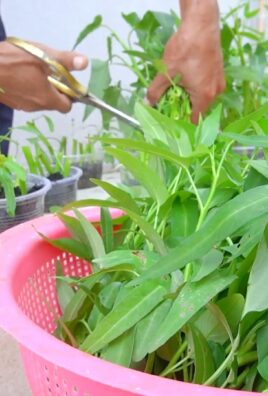
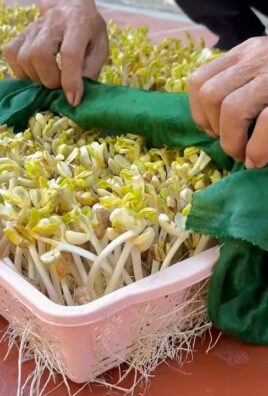
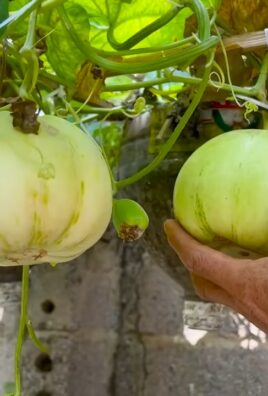
Leave a Comment